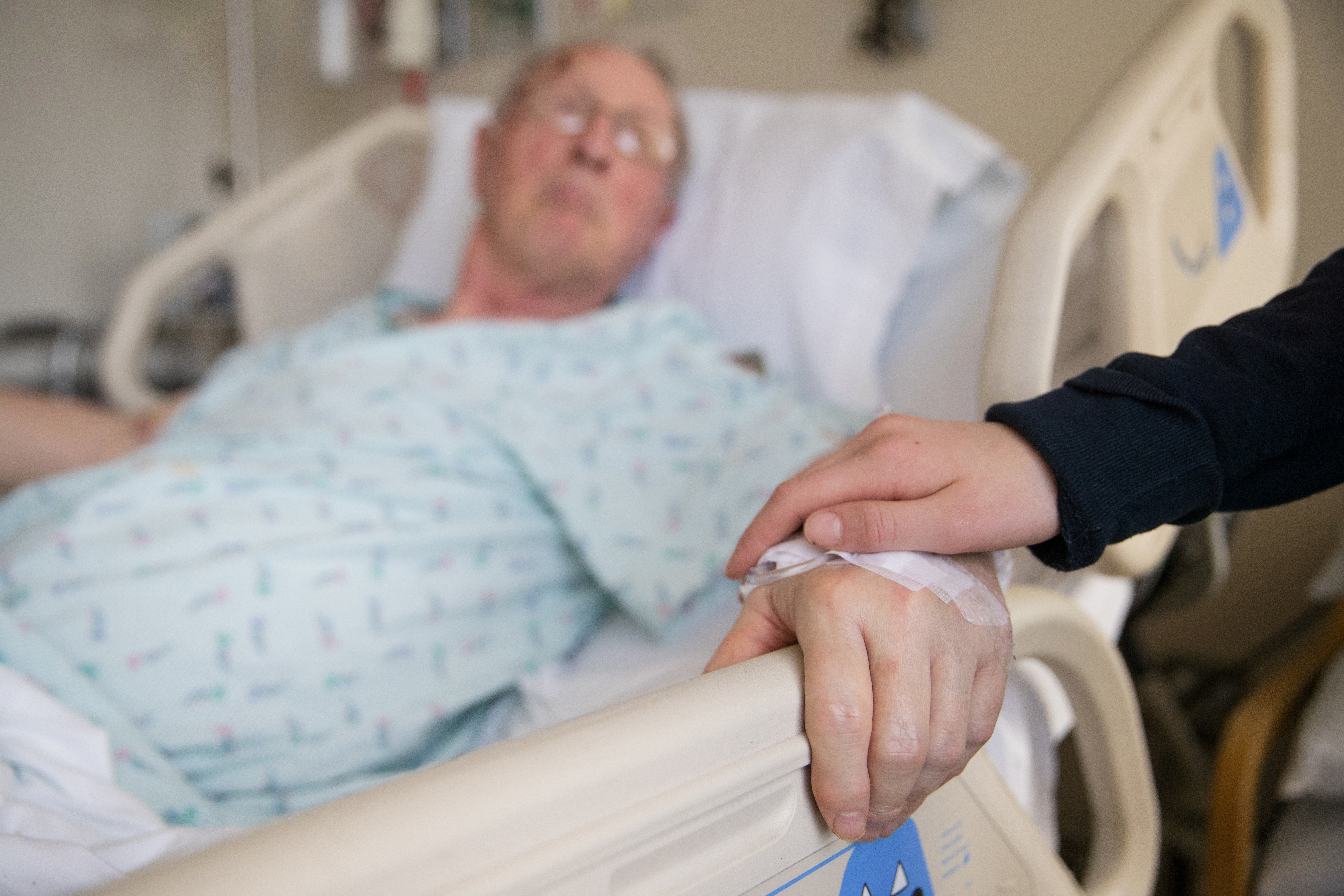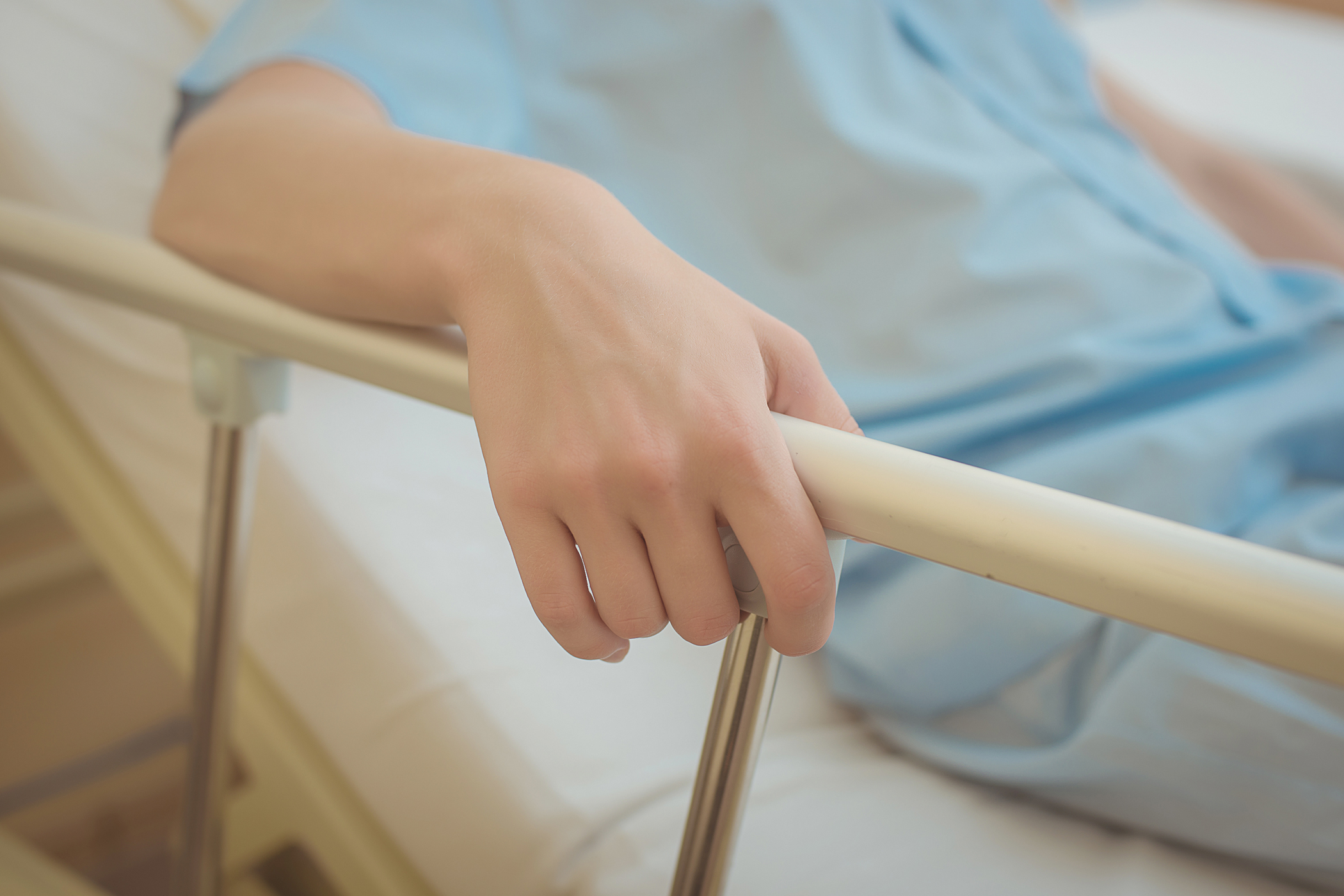In-hospital fall prevention has become a top priority for nurses and hospital administration in many healthcare facilities. Fall rates have become an important metric in determining the quality of care provided at medical institutions across the country. Injuries associated with in-hospital falls are considered “never events,” meaning these are mistakes that should never happen in a healthcare facility. Never events not only increase morbidity and mortality rates, but can also decrease hospital reimbursement.
In fact, The Centers for Medicaid and Medicare do not reimburse hospitals for costs related to falls, making hospitals absorb the majority of these costs. In addition, the Joint Commission is now tracking falls as Sentinel Events and can negatively affect evaluations performed by the Commission. Fortunately, there are many patient management techniques and technologies available to mitigate the risk of in-hospital falls.
The Data: In-Hospital Falls
According to the How-to Guide: Reducing Patient Injuries from Falls , 3-20% of in-patients fall at least once during hospitalization, and of these, 6-44% experience injuries such as fractures, subdural hematomas, or heavy bleeding. When adjusted to 2010 dollars, one fall without serious injury increases the cost of hospitalization by $3,500, and in cases where there two or more falls, total costs from those falls increase to $16,500. In that same study, when serious injury occurs from a fall, the cost increases to $27,000.
Despite the enormous costs of hospitalization, another monumental risk remains – the risk of litigation – and nursing homes are not an exception. In 2001, 30 percent of lawsuits in the United States against nursing homes involved an avoidable fall and a related injury. Though one fall can be serious enough for hospitalization, multiple falls over time can increase length-of-stay and contribute to functional decline in aging patients.
With hospitals now having to pay out a majority of costs from falls, these costs can add up quickly. There are numerous techniques that nursing teams can implement to aid in reducing falls in hospitals. But before techniques can be tested, it’s important to know the causes that lead to these falls. The two causes of patient falls are intrinsic fall risk factors and extrinsic fall risk factors. Causes of patient falls in hospitals can stem from factors related to the patient’s condition ( intrinsic), but also improper safety equipment set up and safety techniques not established ( extrinsic).
Intrinsic and Extrinsic Fall Risk Factors
There are numerous risk factors that contribute to patient falls in hospitals and leading to extended hospitalization to recover. The CDC identifies both intrinsic and extrinsic factors as primary causes to patients falling in hospitals. Intrinsic factors include advanced age, dementia, osteoporosis, arthritis, strokes, Parkinson’s, and muscle weakness. Patients who also have mobility issues, an impaired mental state, gait and balance problems, and poor vision are additional intrinsic factors.
However, intrinsic factors are not the sole contributor to patients falling in healthcare facilities. Extrinsic factors – factors not caused or part of a patient’s condition – can increase the risk of patient falls. Not having the proper safety measures put in place by the healthcare facility are extrinsic factors. These extrinsic factors can include a lack of stair handrails, poor stair design, lack of support bars in bathrooms, dim lighting, obstacles in hallways and rooms, slippery or uneven surfaces, psychoactive medications, and improper use of assistive devices.
According to the study Preventing Falls and Fall-Related Injuries in Hospitals , acute and rehabilitation hospitals have seen a majority of falls occur when patients fall out of bed or a bedside chair, or when they are moving from one piece of furniture to the other. Another area of assistance for patients with mobility issues is in the bathroom. Bathrooms with poor lighting and inadequate safety handrails for assistance can increase patient fall risks.
However simple or minuet extrinsic factors may be, these factors can present themselves as serious fall risks for many patients. It is important for healthcare facilities to understand what extrinsic fall risk factors are part of their everyday environment.
How New Devices and Techniques can help Hospitals Decrease Extrinsic Fall Risk Factors
Hospital environments must be optimized for patient safety at all times to mitigate risks of patient falls. Fortunately, there have been many advances in devices and techniques to improve fall prevention over the years. These improvements function to limit the risk of falls themselves, and also to limit the risk of injury when someone does fall.
It is highly recommended for healthcare facilities to optimize their environments to prevent in-patient falls. Such areas of their environment include improvements to flooring, lighting, patient observation processes, posted signage, personal aids and possessions, furniture, and even patient footwear.
- Flooring surfaces must be free of spills, quick and easy to dry, and it is recommended to avoid flooring patterns that may make patients see slopes or steps in the flooring.
- Lighting must be adequate and even, avoiding glare, and must allow patients to find their way as they move along stairs, to and from their bathroom, and be appropriately dim for their nightlight.
- Staff on duty must maintain routine observation of patients in hospital rooms and throughout their work area. A virtual patient observation device, such as NOVA, can aid in monitoring status of patients and alert nursing staff in cases of emergencies.
- Signposting helps patients with visual impairment, cognitive problems or language barriers to understand what to do and how to get assistance from a nursing staff member.
- Personal aids and possessions belonging to the patient should be within their reach, especially if located near their bed and other furniture in the hospital room. Personal medical devices and aids, such as oxygen tubes, catheters and intravenous lines should not be in the way of patient’s mobility.
- Furniture in hospital rooms should always allow for easy accessibility when patients need to sit down, lie down, and stand up from beds, toilets, and chairs. When patients use bedrails and furniture items to assist themselves to stand up or sit down, these items should provide the best stability for the patient. Beds must be kept at the lowest height for non-mobile patients (including low-low beds), and brakes should be applied to beds and wheeled chairs.
- Non-slip footwear is crucial for patients with gait, balance problems, lower limb problems, and elderly patients.
Staffing interventions, including effective communication and detailed hand-offs have become a routine part of fall and injury prevention. On intake or admission, it is recommended that each patient be screened for fall risk. This may include a standardized fall risk screening tool and an elicited history of falls if present. Next, admitters should screen for the risk factors that may contribute to falls. A history of fall related injuries such as fractures, head trauma, or hospitalization after a fall should be made known.
Once risks have been identified, it is recommended that the fall risk be appropriately communicated to staff members. This may include signage and a standardized hand-off tool for shift change. Finally, the patient and family members should also be educated about the risk of injuries from falls.
How Nursing Interventions Reduce the Risk of Falls
Nursing staffs can personally play a key role in fall prevention in addition to managing extrinsic risk factors. One of the most important tasks a nursing staff can do to reduce in-patient falls is to communication and education. By communicating to other nurses about recent falls and educating patients about fall risks, both hospitals and patients win. Patients do not stay for extended hospitalization and hospitals reduce hospitalization costs and improve patient satisfaction scores.
As we know, falls in hospitals is a worse case scenario for everyone involved. Fall prevention education about fall risks should be a necessary procedure among nurses.
Nurses should work with patients on several techniques to reduce falls. Suggested techniques from the Preventing Falls and Fall-Related Injuries in Hospitals recommend nurses work to get patients in exercise routines. Some evidence suggests that exercise can mitigate fall risk; however, this can be dependent upon the patient. In addition to exercise as a possible fall prevention technique, Tai Chi could serve as an effective intervention to increase strength and balance in patients, according to The Harvard Medical School Guide to Tai Chi .
While exercise might not be enough to curtail fall risks, additional measures should be considered in healthcare facilities. Some patients may not be able to engage fully in exercises, or may be restricted by doctors and nurses due to their condition. Despite a patient’s condition, a remote patient observation tool can assist nurses when falls are likely to occur and when falls have occurred.
Fall risk reduction should be a top priority for any quality healthcare system. In-house falls contribute to patient morbidity and mortality, increase costs for hospitals and patients, and have a deleterious effect on the collective reputation of a healthcare system. Falls increase litigation risk, may negatively impact patient satisfaction scores, and the reputation of a hospital. It is imperative that every healthcare system maintain a comprehensive fall risk reduction policy with the maintenance of relevant practices and reliable technology.
- June 20th, 2019
- Fall Prevention, Uncategorized




